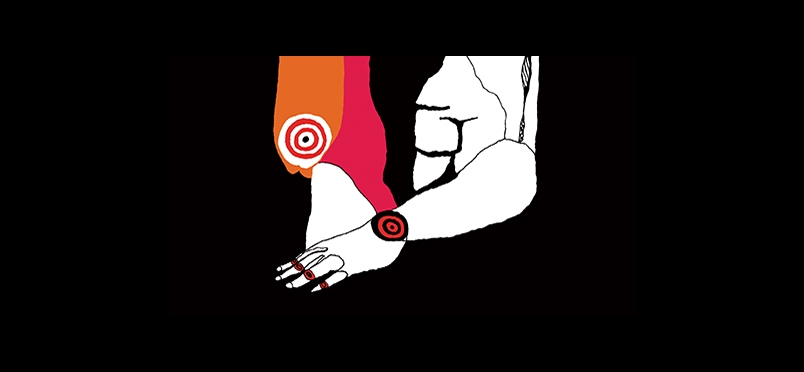| arthritis
Osteoarthritis: Painful, Worse With Aging, But Manageable

No Known Cure, But Helped By Meds, Topicals, Devices
Newswise — Osteoarthritis can’t be ignored.
On a grand scale, it is the most common form of arthritis (which actually isn’t a specific disease but rather a general term for inflammation in a joint), accounting for more cases than all the other forms combined. It affects an estimated 31 million Americans and is a leading cause of disability among adults.
On the individual level, it can produce pain and other symptoms in joints sufficient to limit and even prohibit the performance of everyday tasks. A chronic condition, it becomes more common with age, especially after 65, and once it starts it typically gets worse.
And there’s no known cure.
But the picture isn’t totally bleak: There are treatments that can relieve pain and maintain joint function.
“Osteoarthritis is the thinning or wearing down of cartilage, which is the cushion between the separate bones in a joint,” explained Wake Forest Baptist Health rheumatologist Francis C. Luk, M.D. “When your doctor says you have arthritis, most often they are referring to osteoarthritis.”
When cartilage wears down, the bones in the joint can rub against each other, causing pain during or after movement. Other symptoms include stiffness after periods of inactivity, tenderness, loss of flexibility, mild swelling and a clicking or cracking sound when the joint is bent. Osteoarthritis also can cause damage to the synovium (the membrane that lines joints) and the bones themselves.
The primary risk factors for osteoarthritis are aging, obesity, prior injury, repetitive stress on a joint and genetics. Osteoarthritis can occur in any joint, but the most common locations are the knees, hips and hands, especially in the joints of the fingers and at the base of the thumb.
“Of course symptoms vary from person to person but someone with osteoarthritis of the knee typically will have pain when they stand up from a seated position or when they’re walking, especially when going up and down stairs,” Luk said. “With osteoarthritis of the hands, people typically experience pain when they do things that involve gripping – washing dishes, holding a wrench, opening a jar, things like that.”
Does the presence of symptoms like these mean it’s time to see a doctor?
“In general, if you have pain...
For more information about osteoarthritis, click here.
Read the full press release on Newswise.
Other Categories:
Did you enjoy this article?
Subscribe to the PAINWeek Newsletter
and get our latest articles and more direct to your inbox